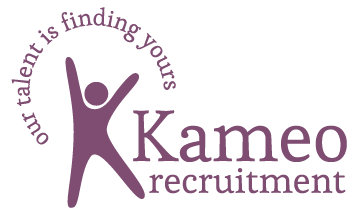Do you know how to provide a successful work experience placement?
In June 2022 we provided a Cambridgeshire secondary school student with an opportunity to learn first-hand what the world of work looks like; although her time with us was brief we hope the impact we made on her is lifelong! As a result of a short time spent with us, we boosted her confidence and at 15 she has already taken those first timid steps into the world of work; as she transitions from school to her first job, she can tick off a few things, including what to expect on your first day in a new job, how to behave and commercial awareness.
Did you know young people who have completed work experience tend to mature whilst they do so? Work experience provides the opportunity to put their social and employability skills into practice; and are better prepared to make informed choices about their future careers.
It’s no secret that work experience is hugely beneficial to the student as they get a grasp on career insights, an introduction to the workplace and all things this encompasses!
Our student stated:
“I believe that work experience is a good idea at this stage in my life because it teaches me how a business runs so I am not only prepared for when I’m older but that I can also gain an idea of what I want or do not want to be. I also believe it is good because we are expected to make so many decisions at a young age about our future in school, e.g., what courses we take, and if we do work experience and get a feel for a job it could entice us to certain subjects that would be more relevant to our ideal job”.
However, as the employer, you might be thinking: taking on a work experience student will cost the business money, it will mean allocating time we don’t have right now and how do we benefit as a business?
Well, let us enlighten you…
- Access to new talent and/or ideas – you have a week (or two) to gain significant intel on what the next generation of workers considers valuable. Students are full of enthusiasm; ask them for their ideas – you never know where it might take you!
- They were born and raised in the age of technology; they are naturally adept when it comes to technology and will likely have an abundance of skills that are advantageous to your business, especially if you’re a business with a smaller workforce.
- The impact on company culture: working with work experience students can help foster a culture of mentorship and learning within the organisation, this can improve employee morale and engagement.
By the end of a week with us our student could independently navigate herself around our social media scheduling tool, CRM, and website back-end.
- A work experience student can help you shake up “the way you’ve always done it”; new ways of working are what the labour market is crying out for, listen up and work on becoming a thought-leader in your industry.
- Do you already offer apprenticeships? Or take part in a school leaver programme? If you’re already passionate about nurturing the next generation of talent, what do you have to lose by beginning your search a year or so earlier than planned? By offering work experience you have a genuine opportunity to source your next apprentice.
- Offering work experience is great branding for the company. If you can provide a genuine and well thought through work experience week that is truly beneficial to the student, they are more likely to recommend people to your business.
- Offering work experience helps raise your company profile and brand. If you are currently looking for staff, or simply want to highlight that you’re invested in people, offering a school student a work experience placement will certainly hammer that point home.
Our Top Tips for a successful work experience placement!
⭐ Organise and prepare a well-rounded induction for them and begin preparing this weeks, if not months, in advance! A) you want them to maximise their experience B) the world is a small place and word-of-mouth marketing is powerful; the experience they have with you will be shared, so make sure they’re sharing good things!
“On my first day, I thought I had so much to do which kept me busy. I did not have a moment where I was bored or where I ran out of things to do. They have lovely employees which made me felt welcome.”
⭐ Make sure they’re aware of all relevant health & safety policies and procedures!
“Before carrying out work experience at Kameo I had no idea how many health & safety procedures office staff needed to follow/be aware of.”
⭐ Involve your team; they know their roles best and are in the best position to tell you what aspects of their role best suit the pending work experience student. Within this, if you’re a small business let the work experience student get a feel for how the business functions and how each department operates; this ensures a well-rounded experience.
⭐ Think outside the box. Are there opportunities/experiences you can provide during their week or two with you that may surprise them e.g., our work experience student was offered the chance to attend an event hosted by Kameo, attend a meeting with a key client and explore the city with our Director, Sharon. Remember, they are doing this to gain experience so give them an experience!!
“I believe variation is the key because it allows people to get a real idea of what different opportunities there are in an office-based job. Many people think that an office job is just sitting at a desk all day replying to emails, but Kameo taught me that it is so much more to do.”
⭐ Not a tip but an important thing to note, saying yes to a work experience student is a seamless process; the school did the hard work. We had to have a short meeting earlier on in the year and sign some paperwork! The schools are also aware of how important this week can be in shaping the student’s future and thoroughly prepare them beforehand; each student was also given a worksheet to work through during their placement period.
Our student reported that her week at Kameo was a pleasant change; having recently completed two weeks of mock GCSEs it felt great to have some time away from school and ascertain a picture of the working world!
We hope offering work experience becomes embedded in the Kameo footprint and we recommend anyone who has the means to do so to offer a student the opportunity to kickstart their career!













